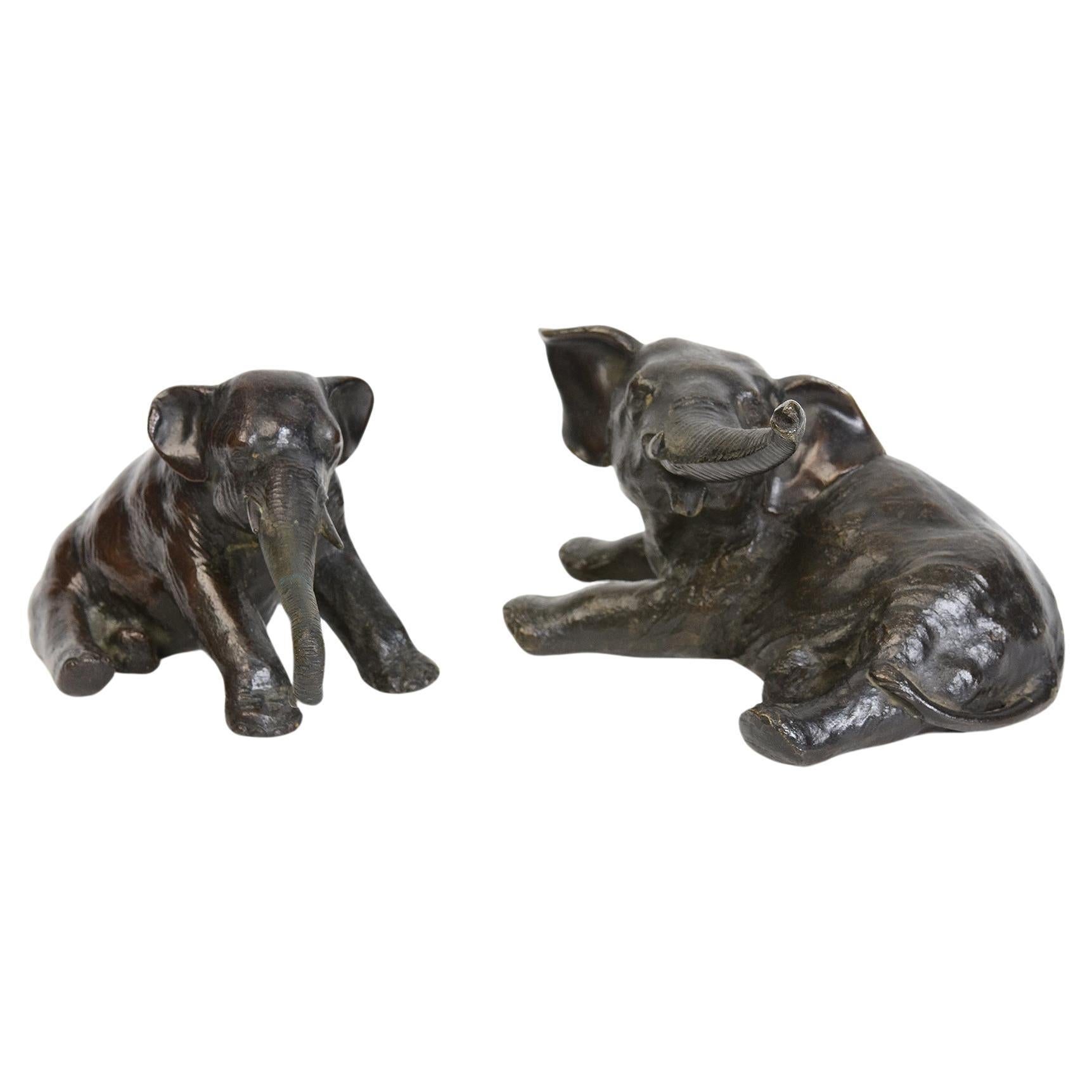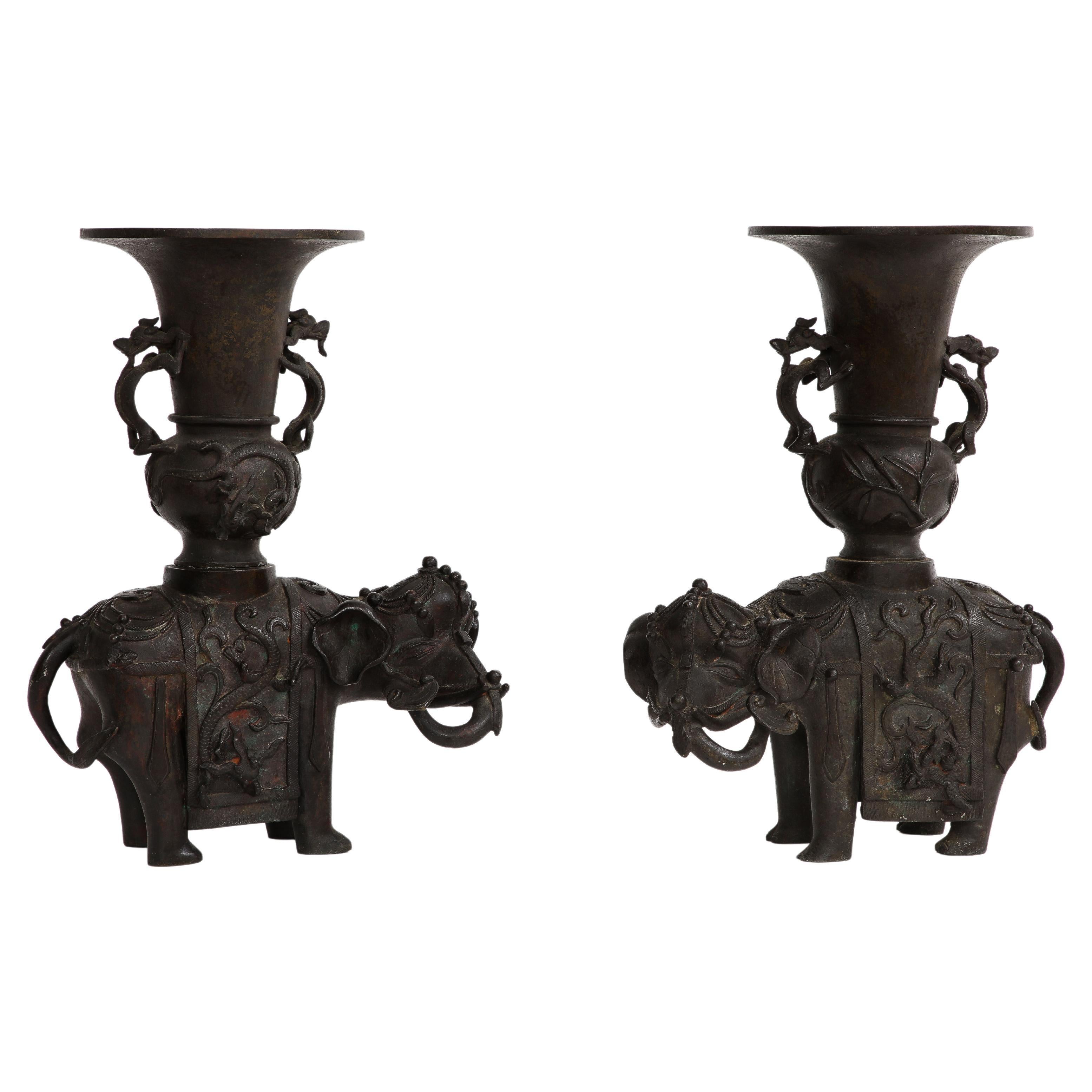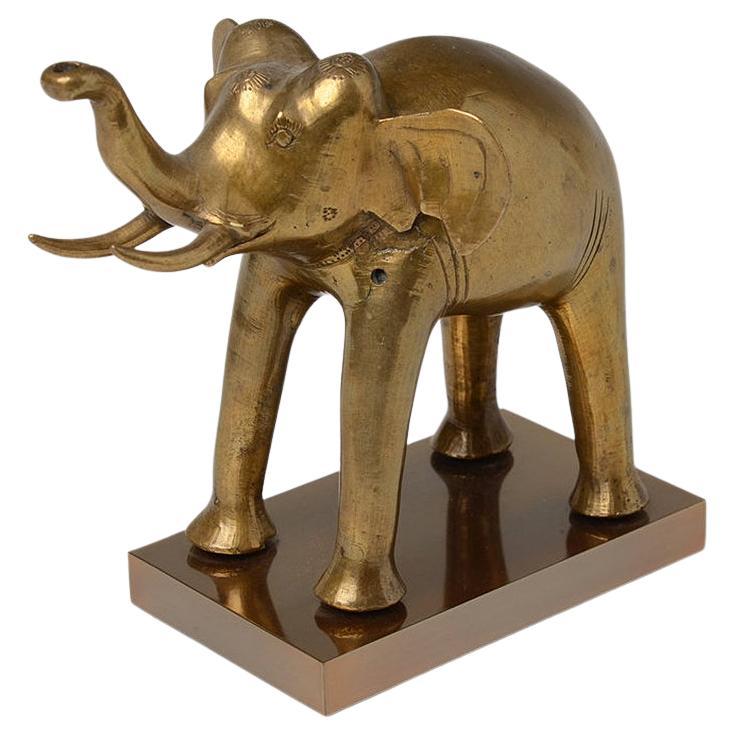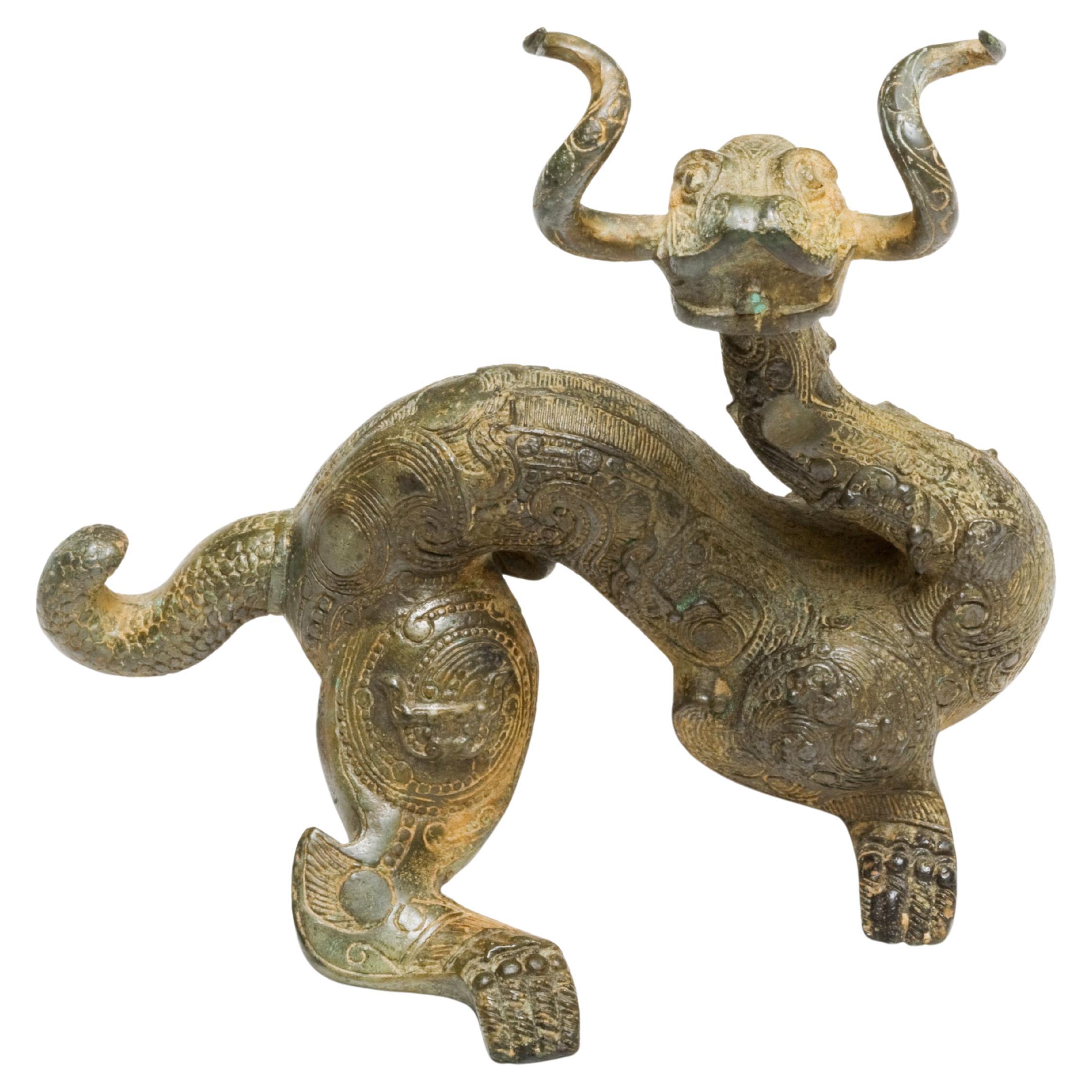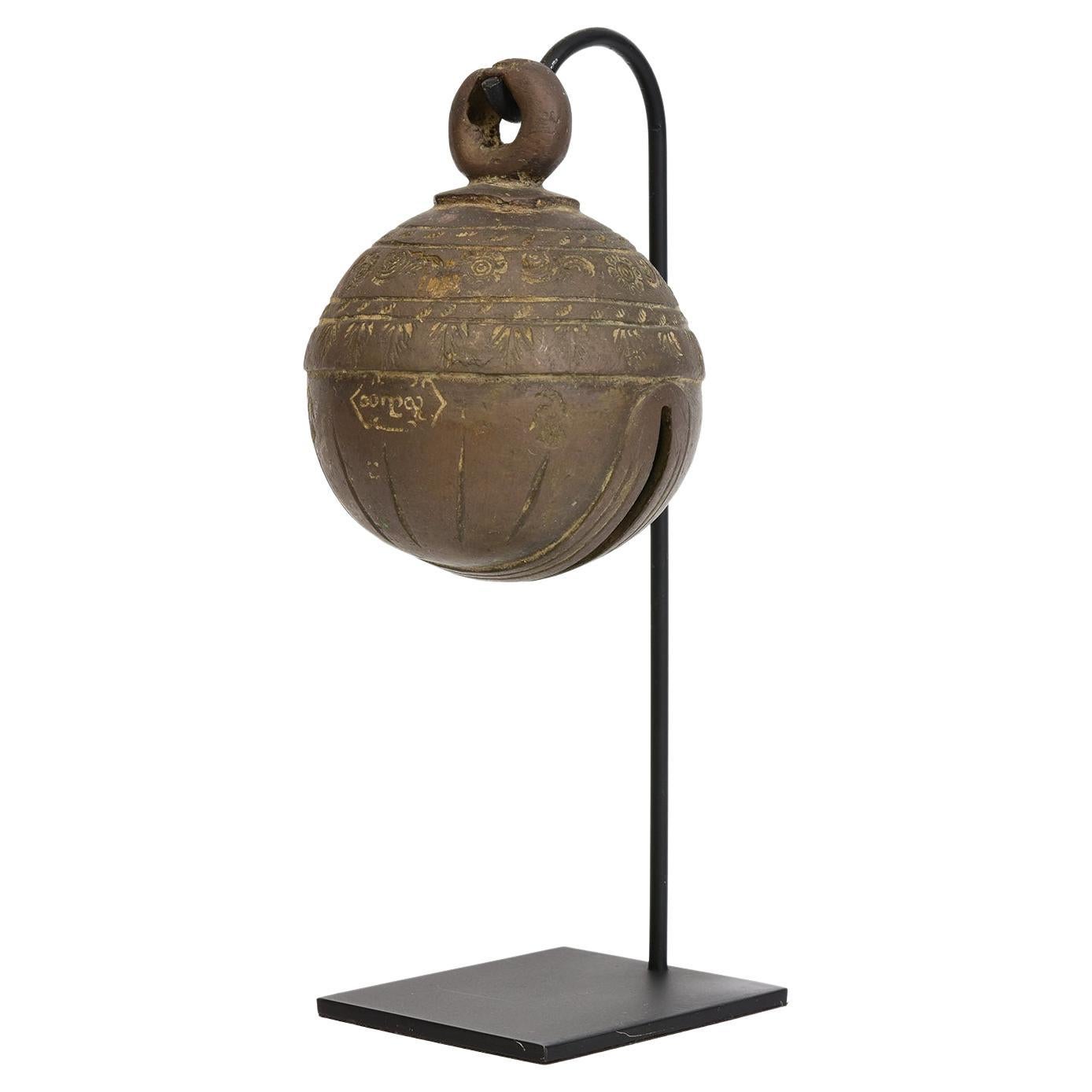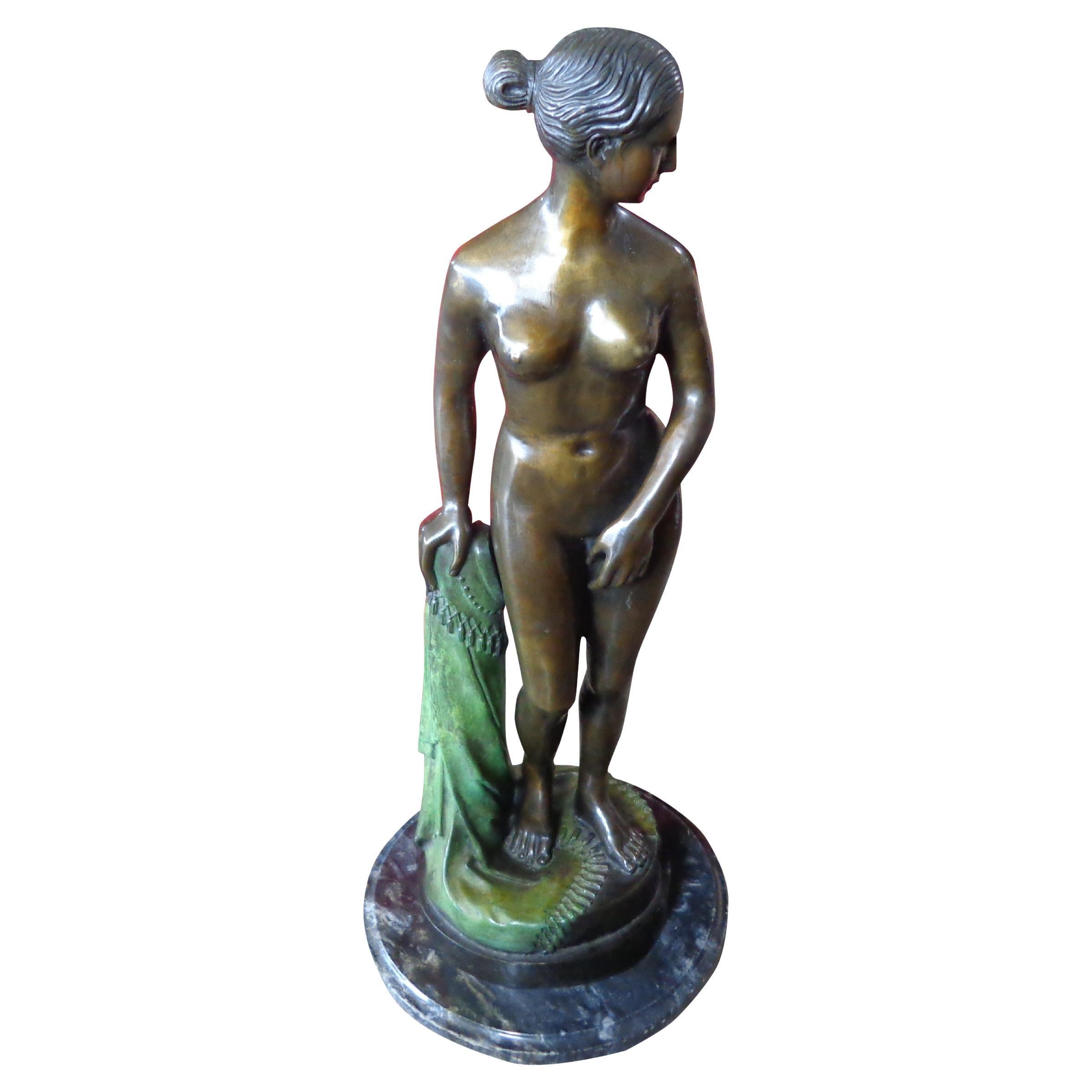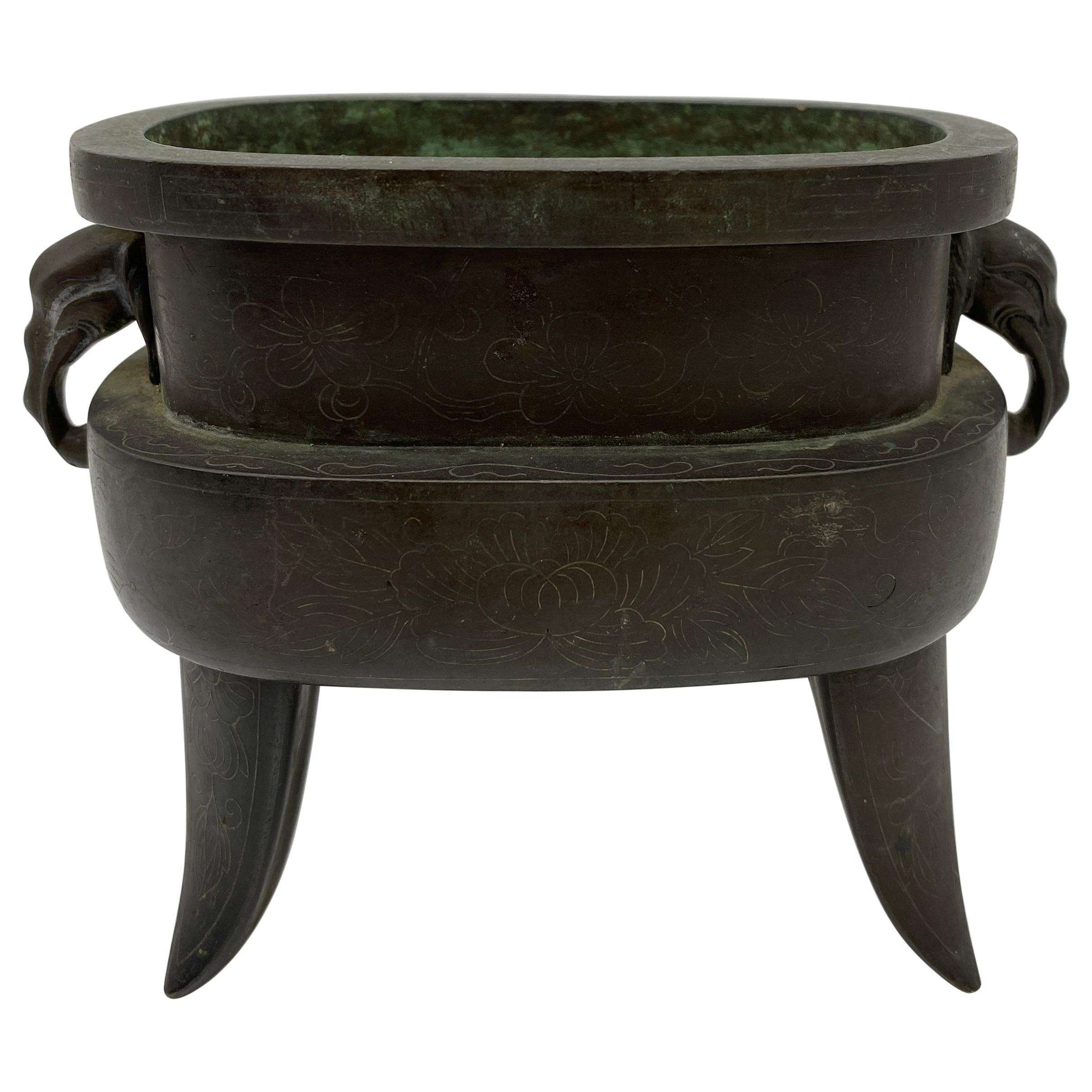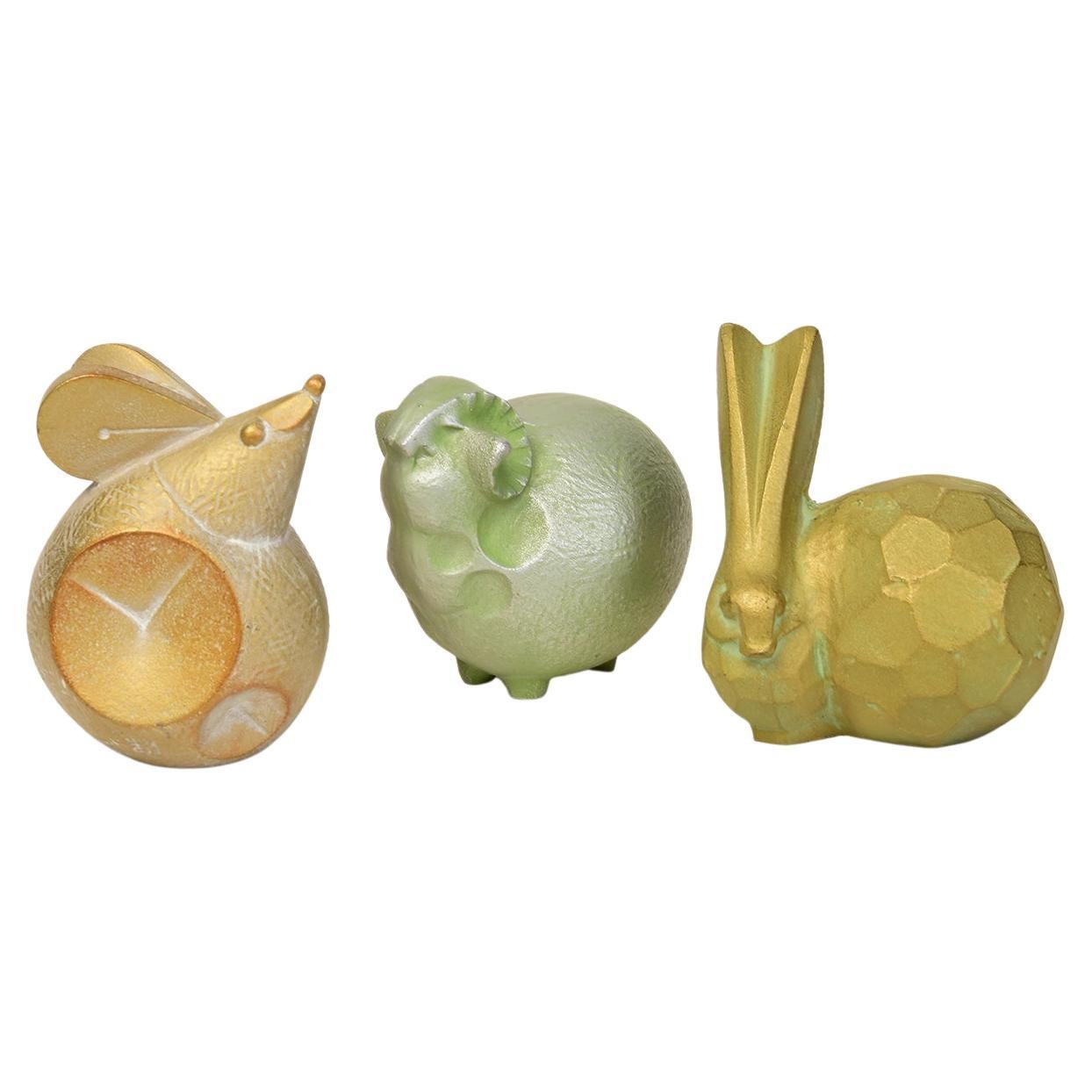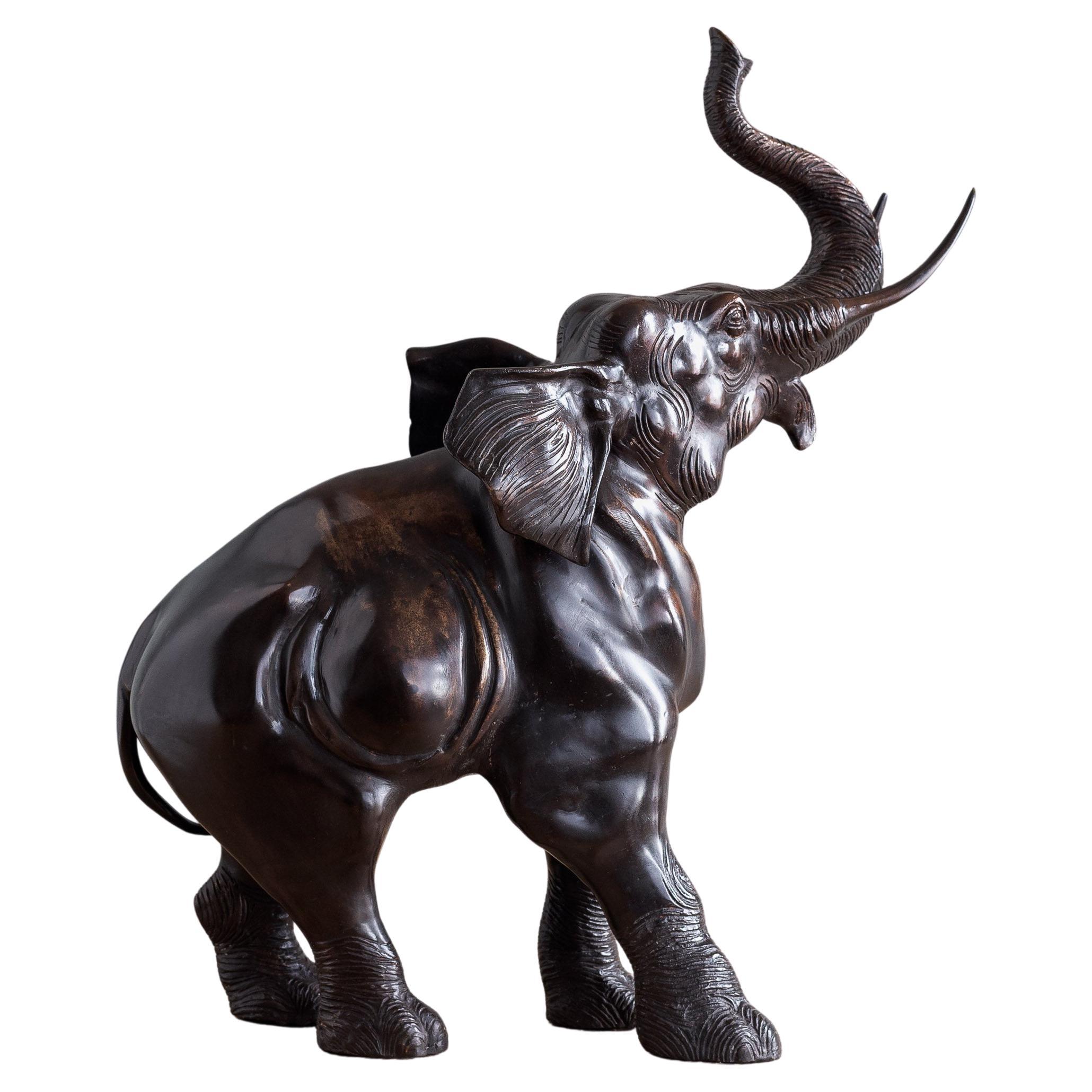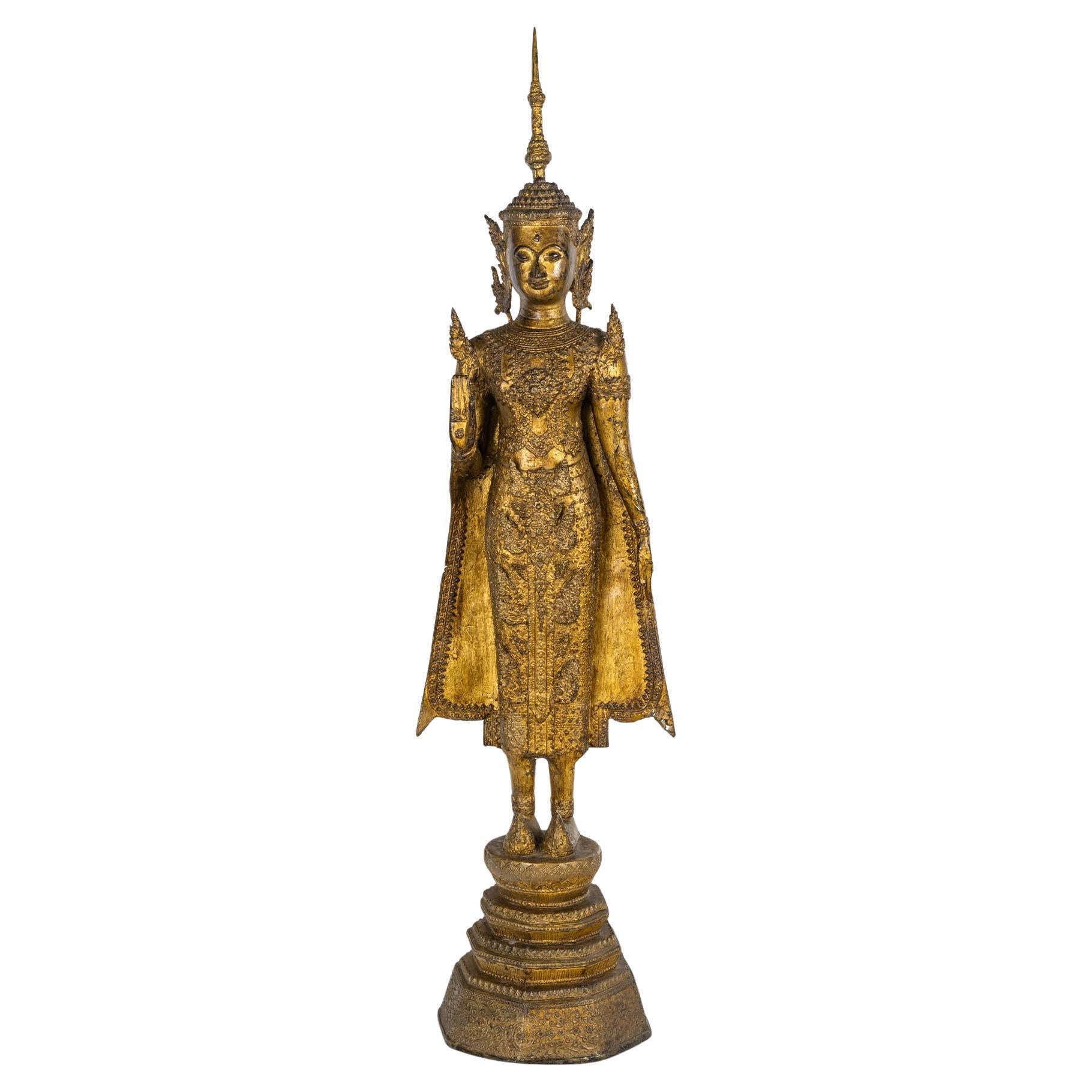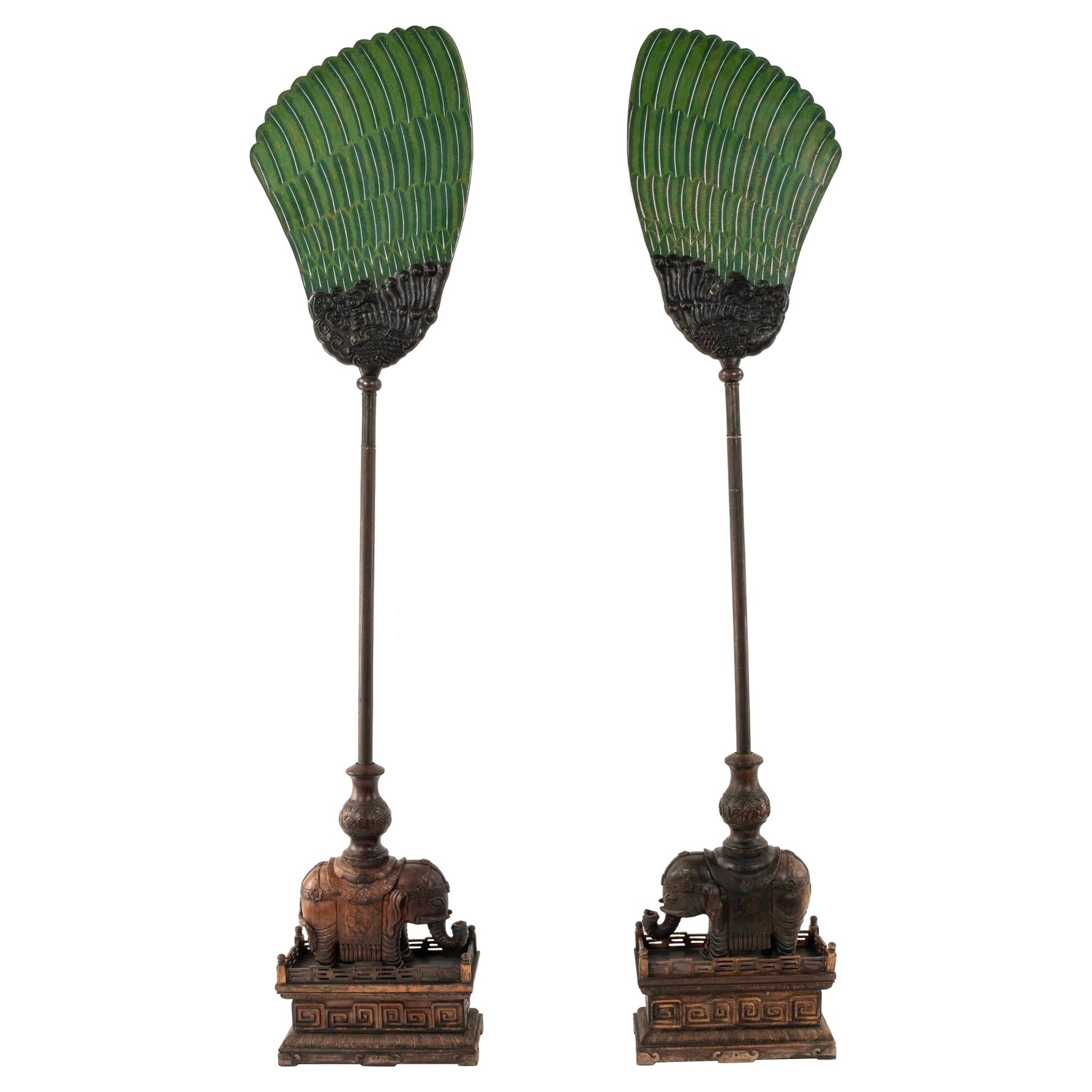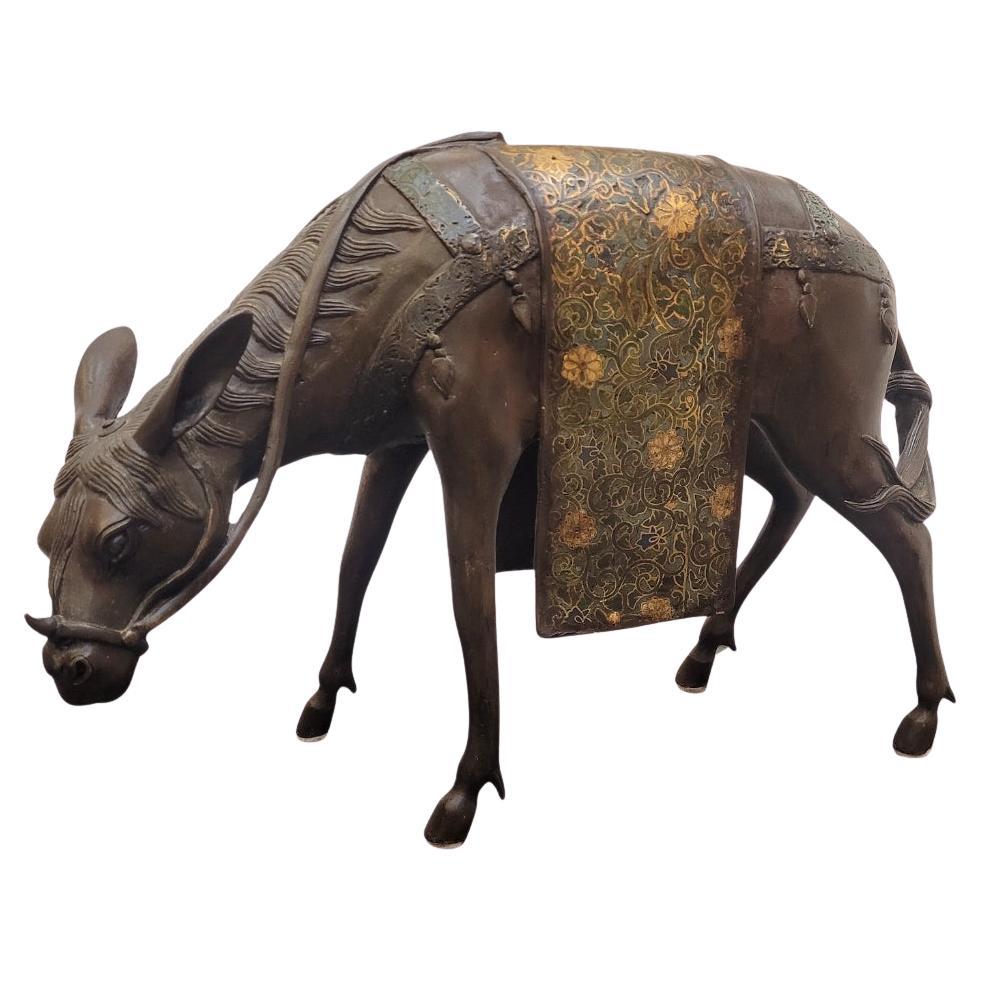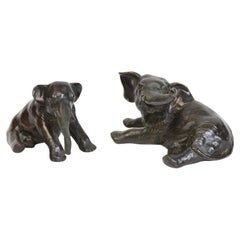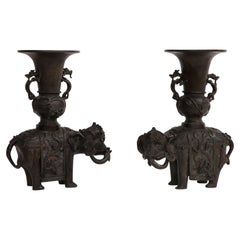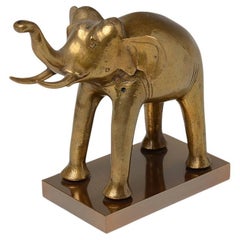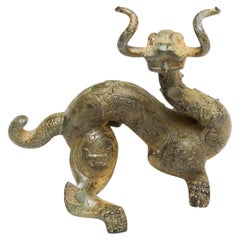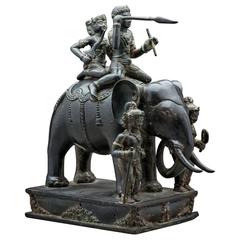
Bronze Sculpture of an Elephant
View Similar Items
1 of 5
Bronze Sculpture of an Elephant
About the Item
- Dimensions:Height: 9 in (22.86 cm)Width: 7.8 in (19.82 cm)Depth: 5 in (12.7 cm)
- Materials and Techniques:Bronze,Cast
- Place of Origin:
- Period:
- Date of Manufacture:1800 AD-1900 AD
- Condition:Very Fine Condition.
- Seller Location:Beverly Hills, CA
- Reference Number:Seller: LO.12671stDibs: LU232335831073
Authenticity Guarantee
In the unlikely event there’s an issue with an item’s authenticity, contact us within 1 year for a full refund. DetailsMoney-Back Guarantee
If your item is not as described, is damaged in transit, or does not arrive, contact us within 7 days for a full refund. Details24-Hour Cancellation
You have a 24-hour grace period in which to reconsider your purchase, with no questions asked.Vetted Professional Sellers
Our world-class sellers must adhere to strict standards for service and quality, maintaining the integrity of our listings.Price-Match Guarantee
If you find that a seller listed the same item for a lower price elsewhere, we’ll match it.Trusted Global Delivery
Our best-in-class carrier network provides specialized shipping options worldwide, including custom delivery.You May Also Like
19th Century, A Pair of Antique Japanese Bronze Animal Elephants
Located in Sampantawong, TH
A pair of antique Japanese bronze elephants with artist sign.
Artist signature is on the last photo.
Age: Japan, 19th Century
Size: L...
Category
Antique 19th Century Japanese Antiquities
Materials
Bronze
$1,560 Sale Price / set
20% Off
A Pair of Chinese Ming Period Patinated Bronze Enameled Elephant Vases/Censors
Located in New York, NY
A Pair of Chinese Ming Period Patinated Bronze Enameled Elephant Vases/Censors. The elephant has a Buddhistic caparisoned dress with pearl harness, tassels, and high-relief dragon p...
Category
Antique 1640s Chinese Ming Antiquities
Materials
Bronze
Early 20th Century, Burmese Bronze Standing Elephant
Located in Sampantawong, TH
Burmese bronze standing elephant with stand.
Age: Burma, Early 20th Century
Size: Height 15.5 C.M. / Width 11.5 C.M. / Length 18 C.M. (size excluding stand)
Condition: Nice cond...
Category
Early 20th Century Burmese Antiquities
Materials
Bronze
$464 Sale Price
20% Off
An Exceptional Gilt-Bronze Dragon, Presumably Six Dynasties
Located in seoul, KR
An art piece presumably from the Six Dynasties period in China, spanning from the 3rd to the 6th centuries. This era is known for its political fragmentation but also significant cul...
Category
Antique 15th Century and Earlier Hong Kong Antiquities
Materials
Bronze
$16,250 Sale Price
35% Off
19th Century, Antique Burmese Bronze Elephant Bell with Stand
Located in Sampantawong, TH
Burmese bronze elephant bell with stand.
Age: Burma, 19th Century
Size: Height 12.5 C.M. / Width 9 C.M.
Size including stand: Height 23.5 C.M.
Condition: Nice condition overall...
Category
Antique 19th Century Burmese Antiquities
Materials
Bronze
$384 Sale Price
20% Off
Bronze Sculpture by Emmanuel Villanis
By Emmanuel Villanis
Located in Pasadena, TX
Emmanuel Villanis comes from a family of Italian origin. From 1861, his parents returned to Italy to settle in Piedmont. He had fled Italy because the war of independence broke out, under the threat of Napoleon Bonaparte. In 1871, the artist enrolled at the Albertina Academy of Fine Arts in Turin; he follows the teaching of the sculptor Odoardo Tabacchi (1831-1905). As soon as he finished his studies, his master encouraged him to exhibit: his bust Alda, for example, was presented in Milan in 1881. In 1885, Villanis moved to Montmartre, a district of Paris that he never left. The artist's fame is built on his production of female figures. Aida, Judith, Delilah, Lucretia, Cinderella: her work brings together the great heroines of opera, literature, mythology and the Bible. Villanis also discusses certain types - the Bohemian, the Châtelaine, or the Parisienne - and several allegories, including Painting and Sculpture. Made mainly in bronze, sometimes chryselephantine, his sculptures subtly bear the mark of Art Nouveau, including the lettering of the title, which regularly adorns the base. His play on the patinas further adds to the finesse of the line, making Villanis one of the major sculptors of Art Nouveau. Regarding the casting of bronzes, he worked mainly with the Société des Bronzes de Paris and with Eugène...
Category
Antique Late 19th Century European Art Nouveau Antiquities
Materials
Bronze
$3,920 Sale Price
20% Off
